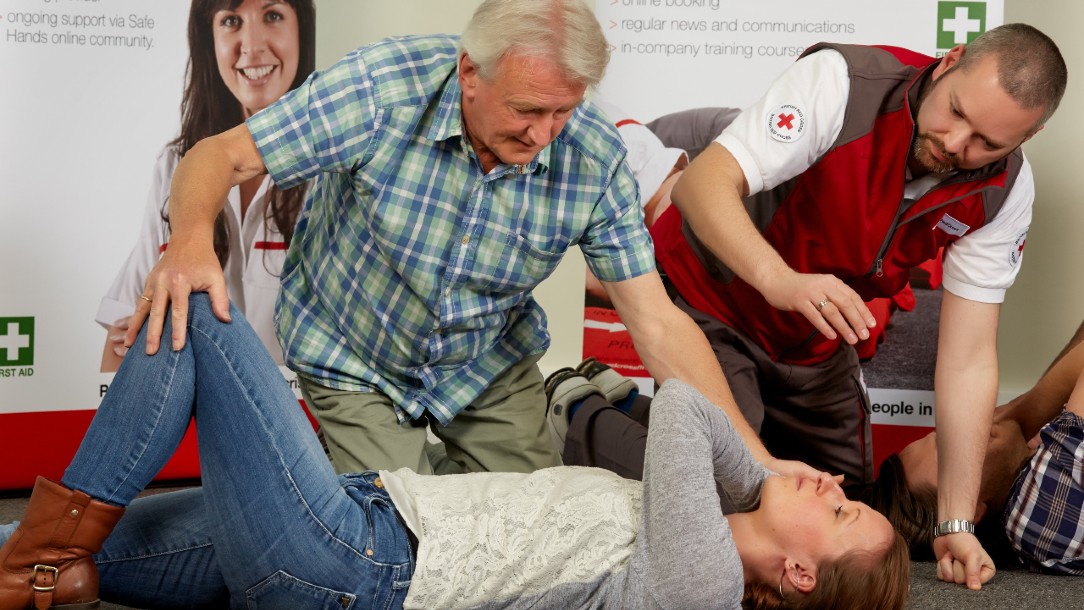What is the Bystander Effect?
Last updated 8 January 2021
Have you ever seen someone collapsed on the side of the road but walked on by? Or ignored a person who's fallen over? That's the Bystander Effect.
If you got home and felt bad for not helping, don't worry - after reading this you'll feel empowered to never walk by again.

If someone we know is hurt or in distress, we are likely to step in and help them. If we know exactly how to help them, we are even more likely to get involved.
However, if we come across a stranger or someone we don’t know so well who appears to be hurt or in distress, we might not want to approach them.
There could be good reason for this. For example, we might judge the situation to be too dangerous. But at other times our reluctance is unwarranted.
We might convince ourselves someone else will come to that person’s aid instead. Or we might think that we don’t have time to help – or even know how to.
Why aren't we stopping to help?
The Bystander Effect is more likely to happen when you feel less responsible for helping - when there are lots of other people around who are capable of helping instead, for instance. If no one else is stepping forward, why should you?
In fact, the more people who are present in a first aid emergency, the less likely an individual is to take action and help.
The problem is it means people who need help simply don’t get it. And that can have serious consequences.
Imagine if you were on a night out but fainted and no one came to help you? Or if your dad fell off his bike at a busy roundabout and people drove past him?
THERE ARE MORE LIKELY TO BE BYSTANDERS IF PEOPLE DON'T EMPATHISE WITH THE PERSON AFFECTED.
So what other factors are there? Research has shown that people are less likely to help others when they are in a hurry or in an urban environment, like a busy city.
They are also more likely to be bystanders if they don’t empathise with the person affected, or they don’t think of them as belonging to the same social group.
The good news is that being aware of the Bystander Effect means you're more likely to take action the next time you're in this kind of situation.
Even if you're not quite sure what to do in a situation, by overcoming barriers and stepping forward you’ll be able to work out how best to help someone, even if it’s just calling for an ambulance.
You’ll also encourage others to step forward – and one of them might know first aid.
If your first aid is a little rusty, you can still call 999 for help. And if you act in good faith to try to help someone who’s hurt, they and their family are likely to be very grateful – especially if you save their life.
Brush up on your first aid skills
You don't need to know first aid to step forward and help someone. However, knowing some first aid will make you feel more confident and increase the chance of you stepping forward to help.
In 2016 we released a study that showed a window of opportunity between dialling 999 and the arrival of the emergency medical services, where two first aid actions in particular could potentially help save someone's life.
These are:
- Turning an unresponsive person who is breathing on their side and tilting their head back to open their airway.
- Applying pressure to a heavy bleed to help stem the flow of blood.
First aid is easy to learn and easy to do - there's really nothing stopping you from helping.
Learn first aid
At the British Red Cross we offer lots of ways for you to learn, from hands-on courses to our free mobile app.